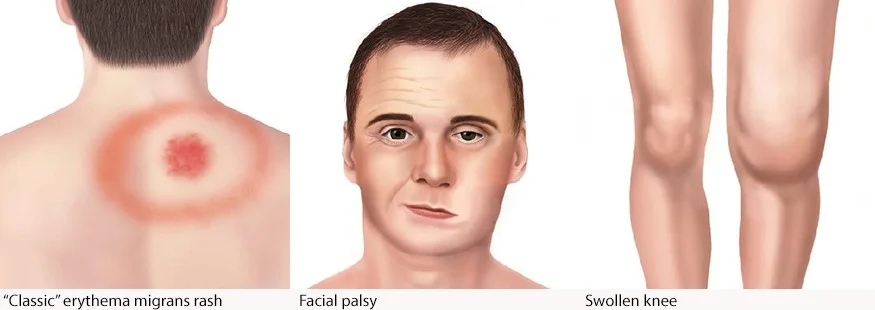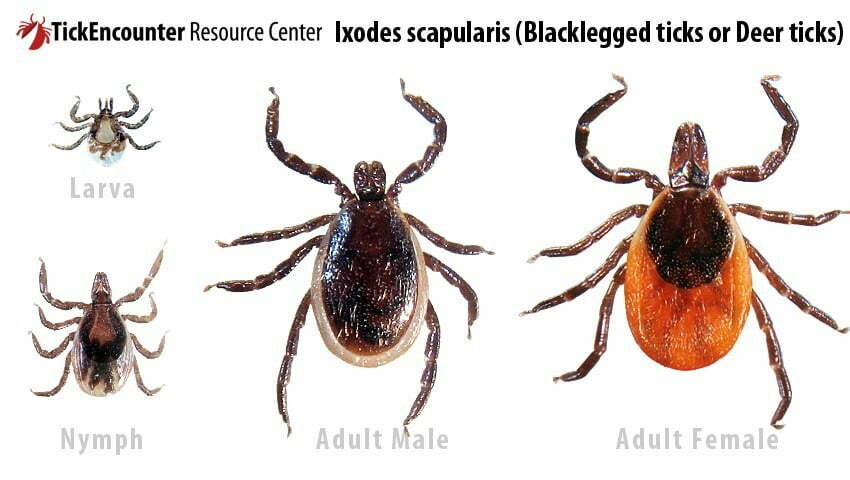When parents hear the word “tick,” another four-letter word often pops into their head: Lyme.If you’ve already typed those eight letters into an internet search bar, beware. Next to child health information, you might see false reports about “chronic Lyme disease” from tick bites.The American Academy of Pediatrics (AAP) offers the following truths about ticks.
“Chronic Lyme disease” is not a medical diagnosis. Some patients and even a few doctors think that “chronic Lyme” is the cause for lasting problems with pain and fatigue. But many health problems can cause pain and fatigue, according to Eugene D. Shapiro, M.D., FAAP, a Lyme disease expert.

If a tick bites your child (or you), you probably don’t need to take a Lyme disease lab test. To diagnose Lyme disease, you and your child’s pediatrician should look for signs of a circular rash at the bite area that grows to more than 5 centimeters wide. These rashes sometimes look like a bullseye, though most often they are red throughout, and usually appear seven to 14 days after the bite. Other signs of Lyme disease are facial palsy muscle paralysis on one side of the face or joint swelling. “Antibiotic treatment is very effective. Complications are rare. An untreated rash will last for weeks,” Dr. Shapiro said.
A small number of children have pain, fatigue, and joint and muscle aches after they are treated for Lyme disease. This is called post-treatment Lyme disease syndrome. More antibiotics are not the answer, the AAP says. Sometimes, it takes months for such symptoms to go away.
Lyme test results are sometimes misinterpreted. The AAP does not recommend lab tests or antibiotics if the child’s only symptoms are fatigue or joint pain, or if no tick was found.
The AAP does not recommend testing ticks for Lyme disease. But if you bring the tick to the pediatrician in a plastic sandwich bag, she may be able to see if it is the type that carries Lyme disease. Follow these instructions to remove the tick.
Not all ticks spread Lyme disease. Two types that do are the blacklegged tick (deer tick) and the western blacklegged tick.

Ticks that spread Lyme disease live in certain areas of the U.S. Most cases are in New England, the eastern Mid-Atlantic states and the upper Midwest. Lyme disease spreads between spring and fall. Other parts of the U.S. have ticks that carry different diseases.
